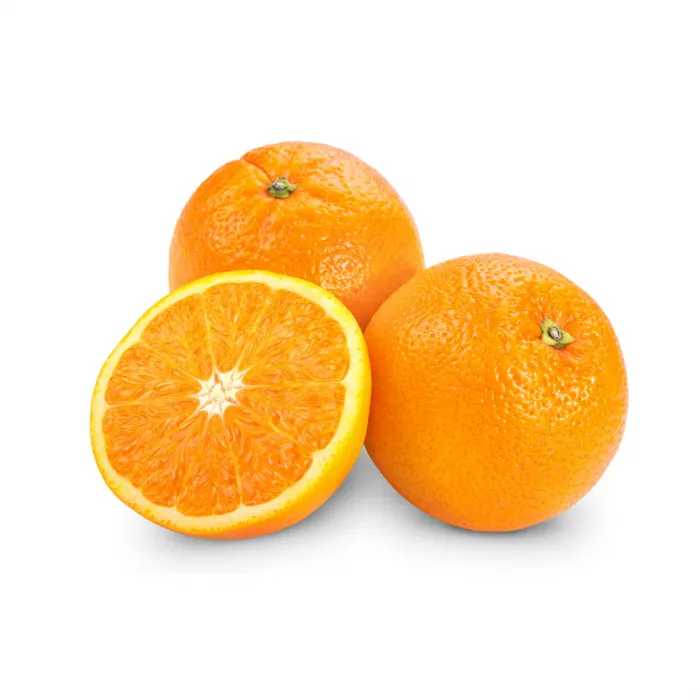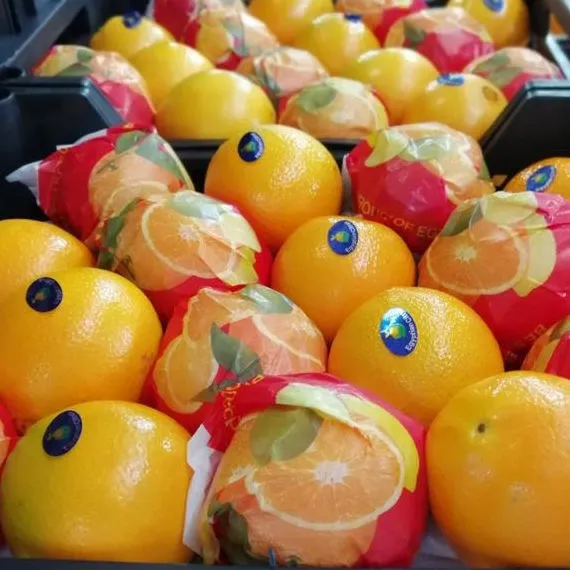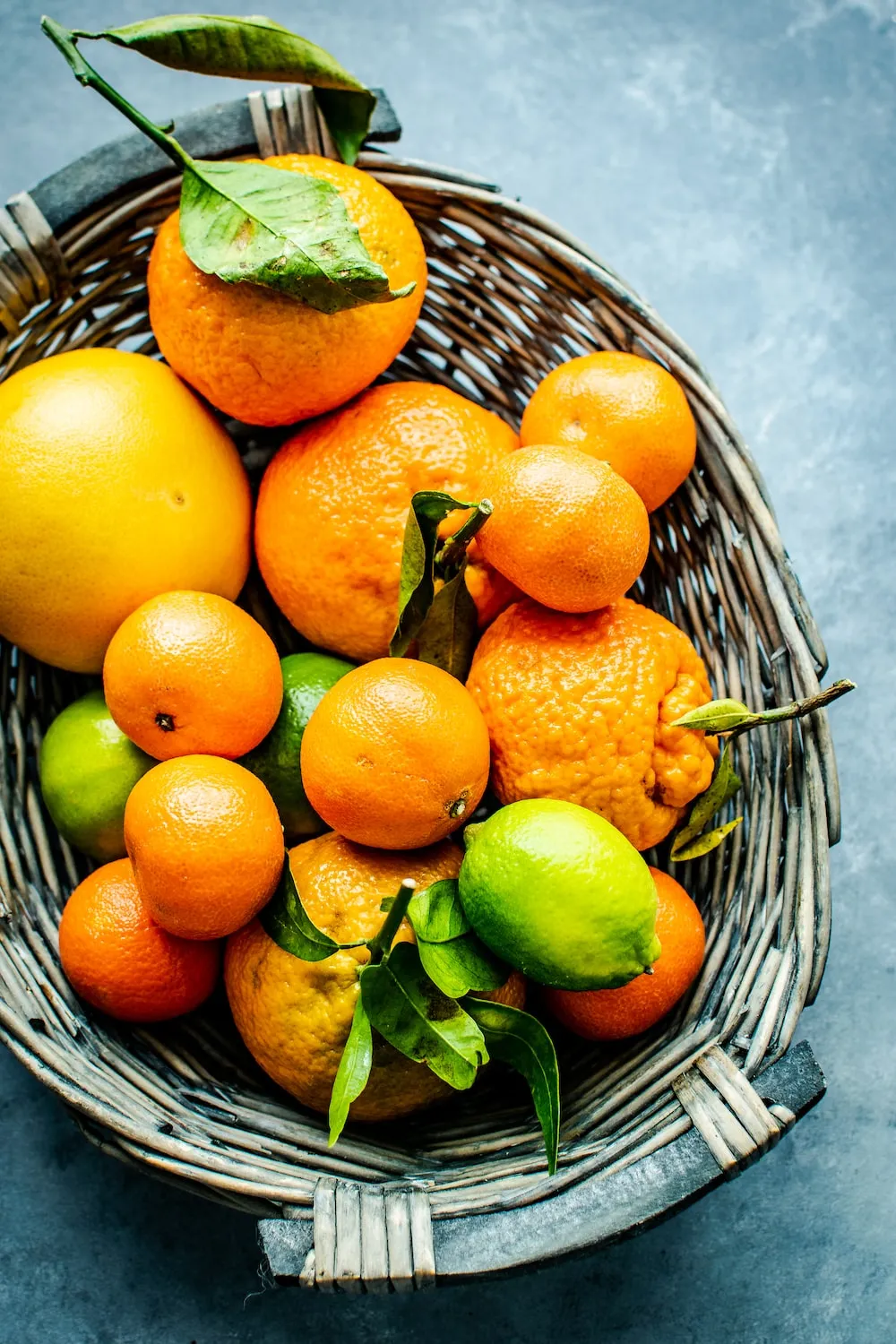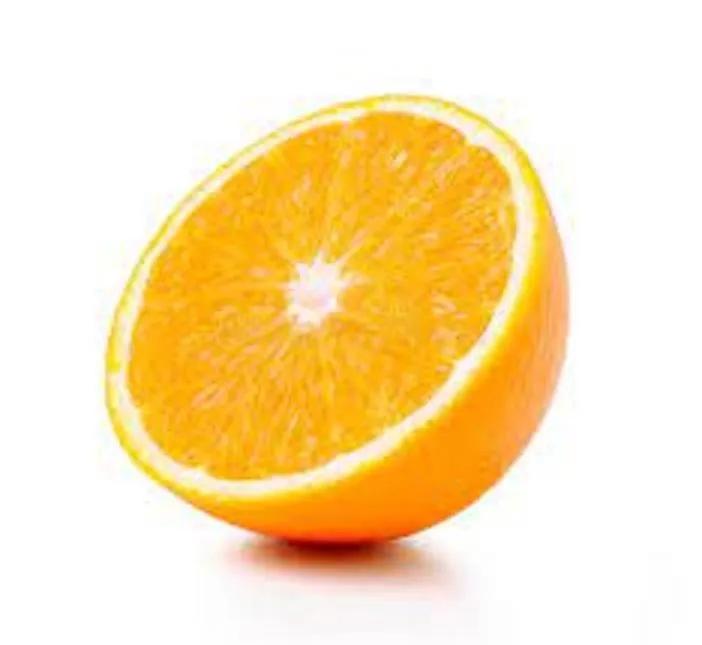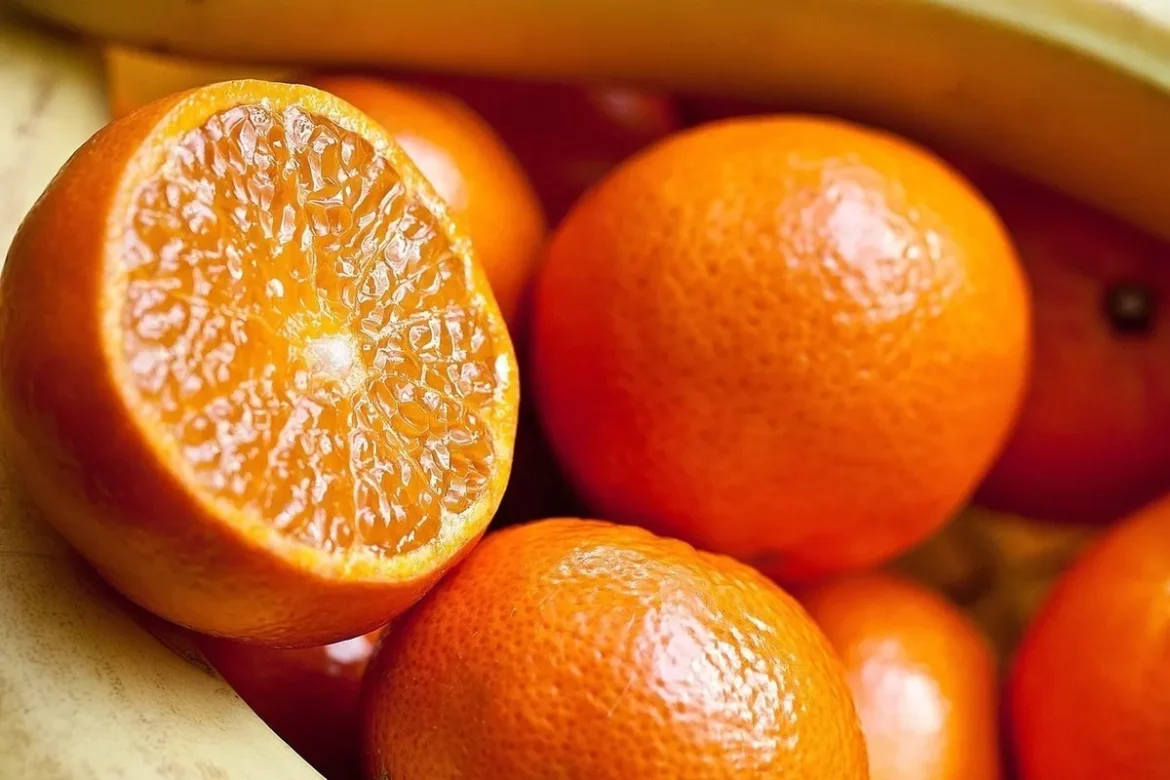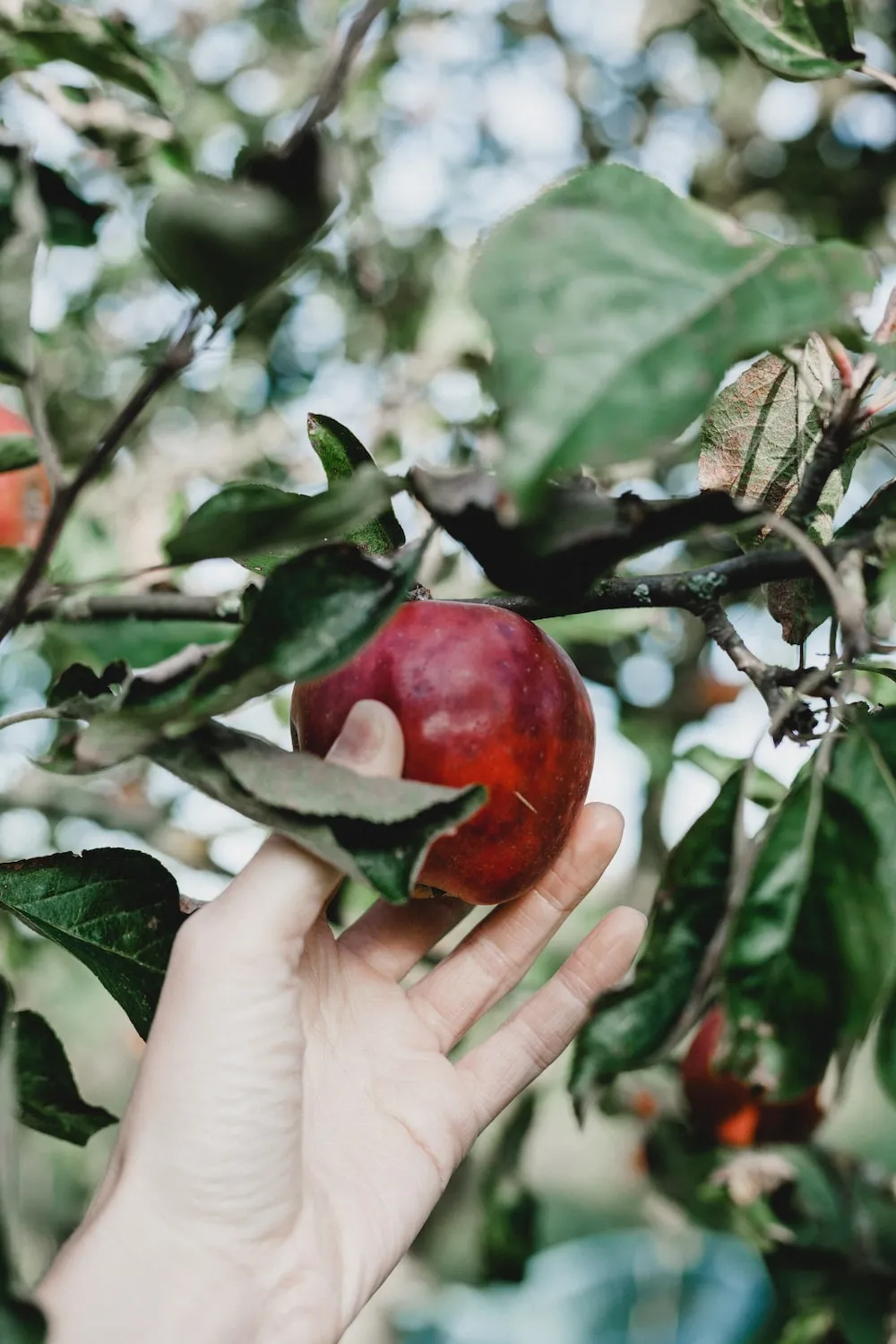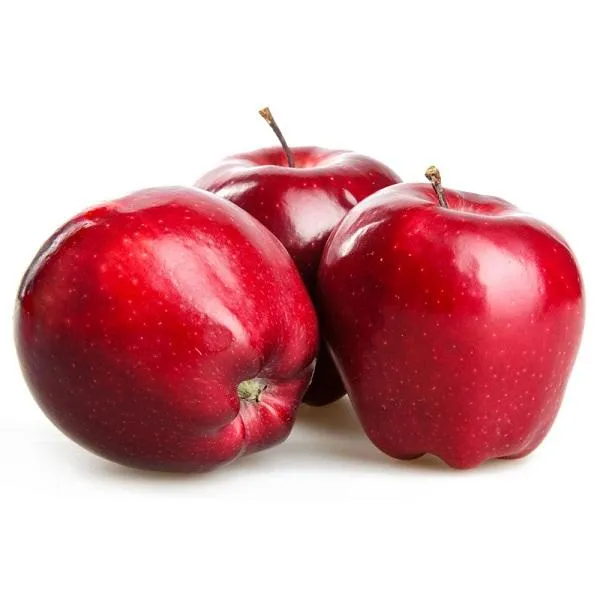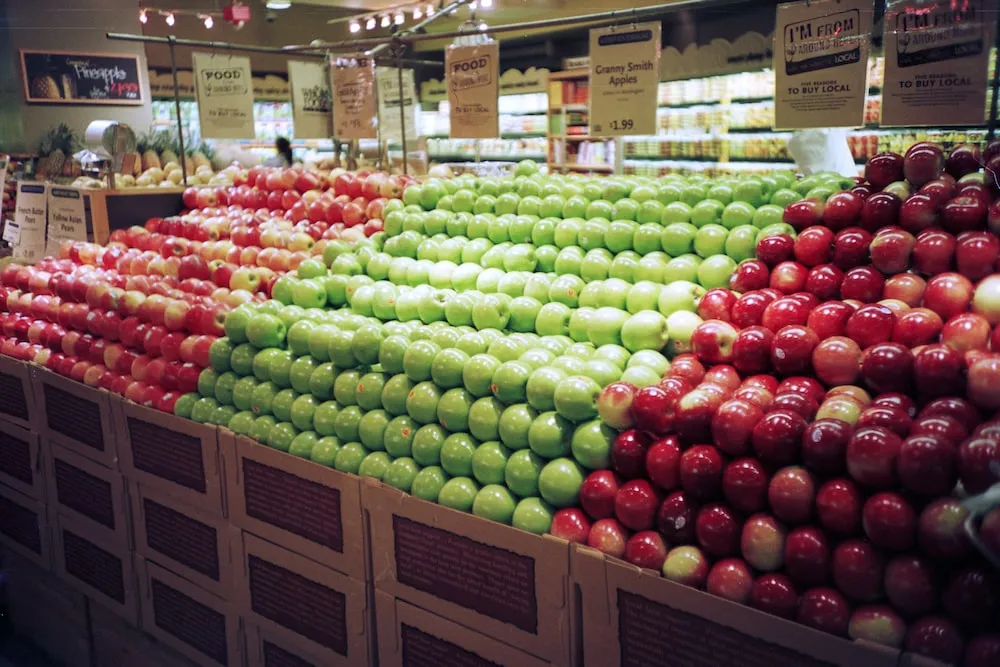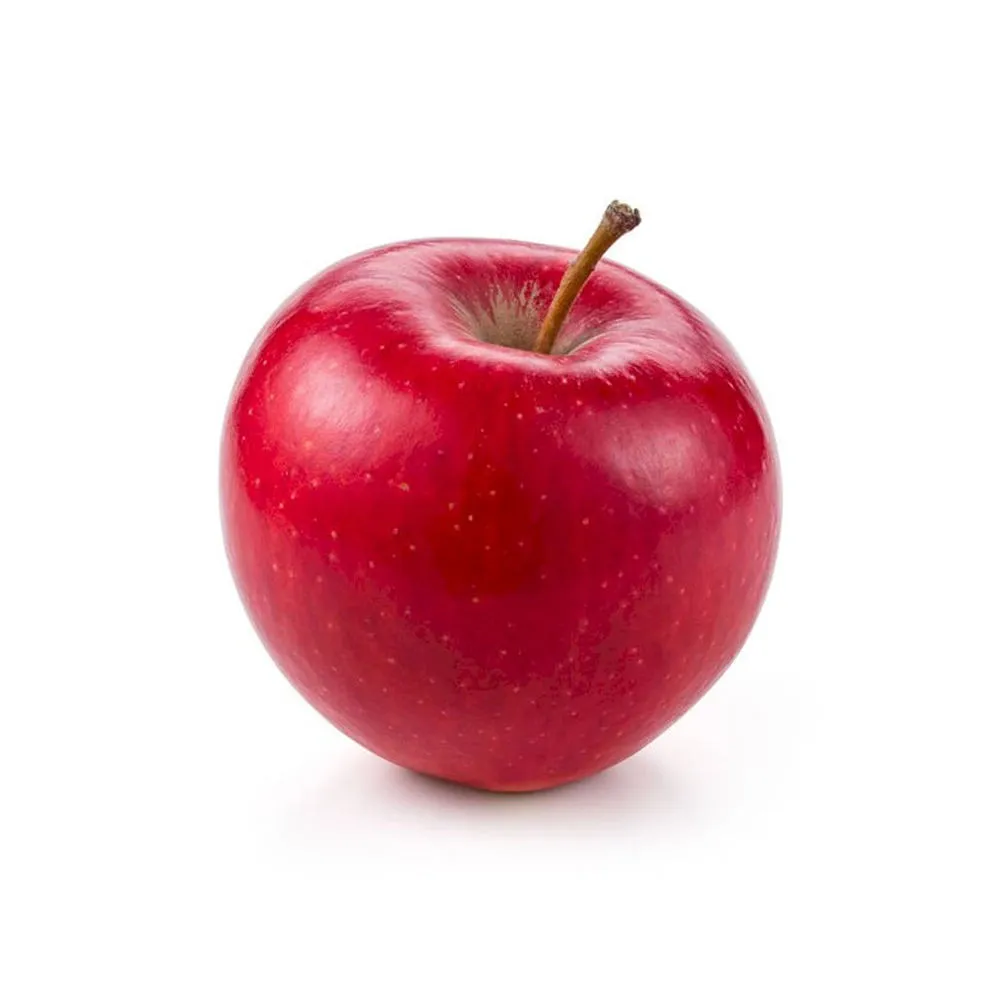Kiwifruit, also known as Chinese gooseberries, are a popular and nutritious fruit enjoyed all around the world. Among the various suppliers of kiwifruit, New Zealand stands out as one of the leading producers and exporters. The favorable climate and pristine growing conditions in the country contribute to the highest quality of New Zealand kiwifruit. In this article, we will discuss the advantages and disadvantages of New Zealand kiwifruit, highlighting why it is considered to be the finest in the market.
New Zealand, with its temperate maritime climate, fertile soil, and strict environmental regulations, provides ideal conditions for growing kiwifruit. The country’s geographic location, surrounded by oceans and blessed with abundant rainfall, ensures a consistent supply of pure and clean water for irrigation. These natural factors, coupled with the dedication and expertise of New Zealand’s kiwifruit farmers, result in fruits that are rich in taste, texture, and nutritional value.
One of the major advantages of New Zealand kiwifruit is their exceptional quality. New Zealand’s kiwifruit are known for their vibrant color, delicious taste, and superior texture. The green-fleshed Hayward variety is the most common type grown in the country, renowned for its sweet and tangy flavor that is both refreshing and palate-pleasing. The fruit’s bright green flesh is packed with essential nutrients, such as vitamin C, dietary fiber, antioxidants, and minerals like potassium and folate.
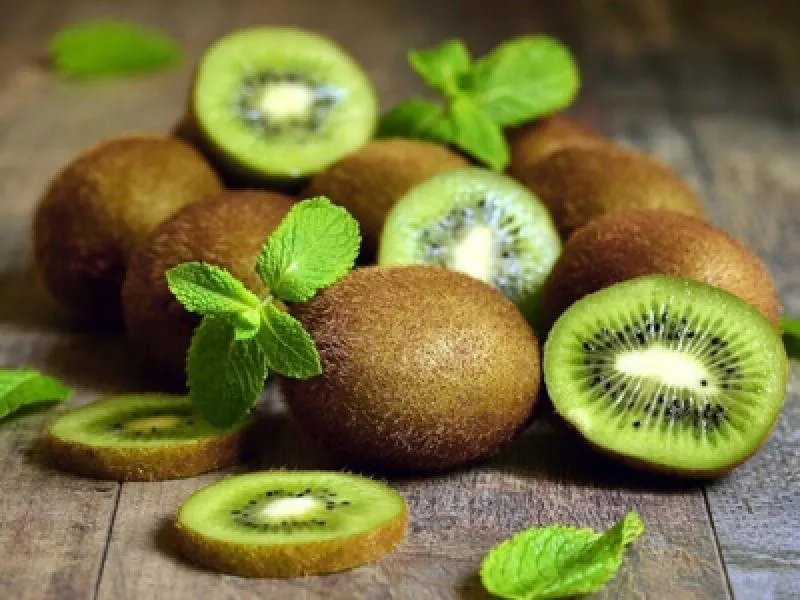
The cultivation of kiwifruit in New Zealand is centered around sustainable practices. The country’s strict environmental regulations ensure that farming methods prioritize the health of the environment, resulting in minimal environmental impact. Farmers use natural methods to control pests and diseases, avoiding the excessive use of synthetic chemicals, which can harm both the environment and consumer health. As a result, New Zealand kiwifruit is held to high standards of safety and purity, making it a preferred choice for health-conscious consumers.
Furthermore, New Zealand kiwifruit have a longer shelf life compared to kiwifruit from other regions. The fruit is harvested at its optimal ripeness, and strict quality control measures are employed throughout the harvesting and packing process. This attention to detail helps extend the fruit’s shelf life, ensuring that consumers can enjoy the fruit’s quality and flavor for an extended period.
In addition to its superior quality, New Zealand kiwifruit offers several other advantages. The country’s well-developed infrastructure, efficient supply chains, and established export networks enable kiwifruit to be delivered to markets worldwide in a timely manner. New Zealand’s reputation for excellence in kiwifruit production has created a strong demand for its products, leading to premium prices in international markets. This has opened up lucrative opportunities for local farmers and has contributed significantly to the country’s economy.
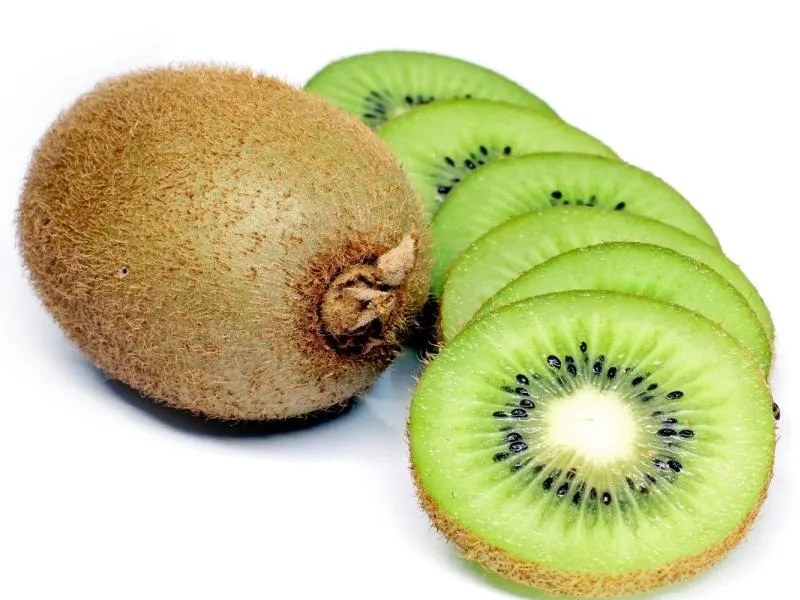
However, it is essential to consider the disadvantages associated with New Zealand kiwifruit. Firstly, being a perishable fruit, transportation costs can be relatively high, especially when exporting to distant markets. Additionally, the premium quality of New Zealand kiwifruit often translates into a higher price for consumers. While the superior taste and nutritional benefits justify this price differential for many, it may not be accessible to all consumers, limiting the market reach of New Zealand kiwifruit.
In conclusion, New Zealand kiwifruit stands out for its exceptional quality, thanks to the country’s favorable growing conditions, sustainable farming practices, and strict quality control measures. Its vibrant color, delicious taste, and superior texture make it a favorite among consumers worldwide. The longer shelf life and well-established export networks further contribute to its popularity. Despite the higher transportation costs and premium price, the benefits of New Zealand kiwifruit outweigh the disadvantages, making it a top choice in the market. So, if you are looking for the finest and most delicious kiwifruit, you can trust New Zealand to deliver an experience that is both wholesome and delightful.With its commitment to sustainability, New Zealand ensures that its kiwifruit production does not harm the environment. The country’s farmers follow agricultural practices that minimize soil erosion, protect water resources, and promote biodiversity. This eco-conscious approach not only benefits the environment but also adds value to the New Zealand kiwifruit brand. Consumers who prioritize sustainable and ethically produced food are more likely to choose kiwifruit from New Zealand.
Furthermore, New Zealand’s kiwifruit industry is highly regulated, ensuring strict quality control and adherence to food safety standards. The country’s robust systems for traceability and quality assurance guarantee that every New Zealand kiwifruit can be traced back to its source, giving consumers peace of mind knowing where their fruit comes from.
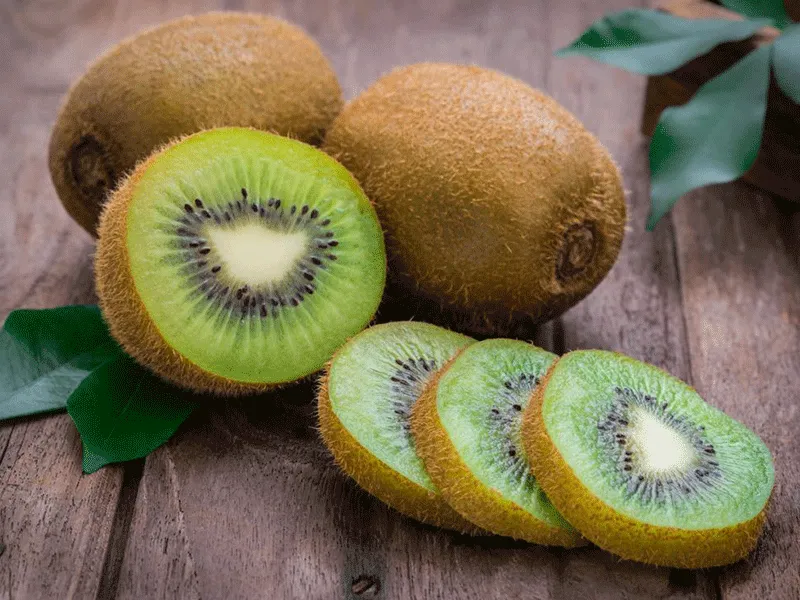
The stringent quality control measures applied during harvesting, packing, and storage of New Zealand kiwifruit ensure that only the best fruit reaches the market. This attention to detail and commitment to excellence contribute to the fruit’s exceptional quality and taste.
Another advantage of New Zealand kiwifruit lies in the wide range of varieties available. Alongside the popular green-fleshed Hayward kiwifruit, New Zealand also produces other varieties such as the golden-fleshed kiwifruit (Zespri Gold) and the red-fleshed kiwifruit (Zespri Red). These different varieties cater to varied consumer preferences and offer unique flavors and textures.
In terms of disadvantages, one issue that can be faced when consuming New Zealand kiwifruit is its availability during off-seasons. The fruit’s growing season in New Zealand typically runs from April to November, which means that during the rest of the year, consumers may have to rely on imported kiwifruit from other countries. While New Zealand’s reputation for superior quality may make it worth the wait for some consumers, others may have to settle for fruit from alternative sources.

Additionally, as with any agricultural product, New Zealand kiwifruit is vulnerable to weather events that can impact the harvest and yields. Unfavorable weather conditions, such as heavy rains, frosts, or droughts, can result in lower production and potentially affect the availability and prices of New Zealand kiwifruit.
In conclusion, New Zealand kiwifruit stands as the benchmark for quality in the global market. The country’s dedication to sustainable farming practices, strict quality control measures, and diverse range of varieties make its kiwifruit highly sought after by consumers worldwide. While there may be challenges associated with transportation costs, availability during off-seasons, and vulnerability to weather events, the advantages of New Zealand kiwifruit far outweigh these limitations. With its exceptional taste, nutritional value, and commitment to sustainability, New Zealand kiwifruit offers a delightful and guilt-free indulgence for fruit lovers. So, the next time you are looking for kiwifruit that guarantees the highest quality and utmost satisfaction, choose New Zealand kiwifruit and elevate your fruit experience to a whole new level.

